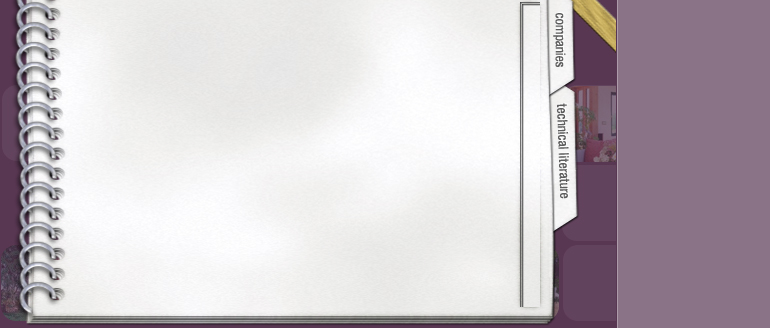|
Underfloor Heating with Multigarant hardwood flooring
Company: Multigarant Ltd |
Guidelines for the installation of Multigarant flooring with Under Floor Heating (UFH)
Although Multigarant flooring is one of the most stable wooden floor products on the market, we do not give a guarantee for its performance with under-floor heating for two main reasons:
1. As a natural material, the reaction of wood and wood composites to the application of direct heat is at best unpredictable.
2. In the case of disputes, there is no reliable way of recording or monitoring the heating-system settings or room conditions over time, so it would be impossible to prove or disprove how the system had been used or abused by the customer.
In practice, Multigarant flooring is almost certain to shrink when used with UFH. This is due to its relatively high moisture content; the solid-wood wear-layer is about 10% and the ply core about 14% when it comes out of the factory, and these levels cannot be reduced in advance through re-kilning, for example, without affecting the integrity of the plywood. After a months use with UFH, these levels can drop to 6-7%; this loss of moisture manifests itself as shrinkage. If the moisture loss is severe, there can also be a breakdown in the cellular structure of the wood, leading to splits in the wear-layer.
For maximum satisfaction, these effects need to be minimised and we recommend:
1. Where possible, each individual plank should be fixed in place, either stuck or secret-nailed/screwed; if planks are loose-laid there will be an accumulation of shrinkage in one place, which may mean a gap of 1cm or more somewhere in the floor. Instead, the effect of shrinkage will be limited to about 0.5mm on each plank. If floated as a raft boards stuck together - the whole floor may move in an unpredictable way.
2. Some species are more lively than others; hard, brittle woods, such as maple, jatoba and larch, tend to react by splitting and moving more readily than more stable species such as oak and walnut.
3. In any event, wood should be sealed as soon as possible after laying. Oiled floors should be fed and maintained more often than conventional, non-UFH floors.
4. The use of standard, micro-bevelled Multigarant planks will minimise the visual impact of shrinkage. A square-edge board will show up the shrinkage much more.
Installation on a screed-based system:
1. The moisture content of the screed should be below 4%
2. The screed must dry naturally the under-floor heating should not be turned on before the correct moisture level is achieved
3. The screed must be level to 3mm over 3m
4. A PU-based adhesive should be used, which will act as both adhesive and moisture barrier
5. After fitting, the flooring adhesive should be allowed to cure for 2 days
For all types:
6. The maximum temperature at the underside of the wood should be 26C
7. Relative atmospheric humidity should be maintained between 40-60%
8. The heating should initially be turned on at the ambient temperature
9. It should then be raised by no more than 1C per day until the required operating temperature is reached
10. The room temperature should be maintained between 20C-23C
11. The heating system should be run in strict accordance with the manufacturers instructions
When used with an electric mat system, there may be no way of fixing the individual planks. In this case, the loose-laid floor can be cramped up after a month or so, in order to take out any shrinkage. Care must be taken, however, to prevent the sudden ingress of humidity, which may cause re-expansion of the floor, when, for example, windows are thrown open on a warm spring day.
Please refer to us in case of further questions.
|










